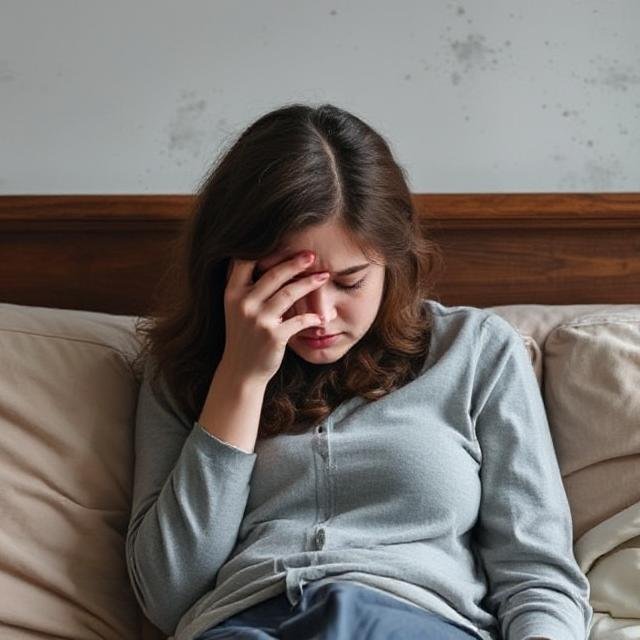Types
- soulsunleashed
- July 12, 2025
Depression is not a one-size-fits-all disorder. It manifests in diverse forms, each with distinct symptoms, causes, and treatment approaches. Recognizing the specific type of depression a person is experiencing is critical to providing the most effective care.
Whether rooted in biological changes, hormonal shifts, traumatic life events, or seasonal patterns, depression is a spectrum of mood disorders, not a single entity. Let’s explore the most up-to-date classifications of depression based on the DSM-5-TR (2022) and global psychiatric consensus.
FREQUENTLY ASKED QUESTIONS
Can someone experience more than one type of depression?
Is seasonal affective disorder (SAD) considered a major depressive disorder?
How is atypical depression different from major depression?
What is the rarest type of depression?
Psychotic depression is among the rarest and most severe types, often requiring hospitalization and complex treatment.
KEY TERMS
Persistent Depressive Disorder (Dysthymia)
Situational Depression (Reactive Depression)
Triggered by a specific life event such as divorce, job loss, or grief. Symptoms may mirror MDD but typically resolve once the individual adapts to the situation.
While not formally recognized as a disorder, it is categorized under adjustment disorders.
The Importance of Accurate Diagnosis
Correctly identifying the type of depression is crucial for choosing the right treatment. Misdiagnosis, particularly between MDD and bipolar depression, can lead to ineffective or harmful interventions.
Mental health professionals use clinical interviews, screening tools, lab tests, and family history to ensure accuracy. As diagnostic science advances, AI-based tools and neuroimaging may further refine classification and treatment matching.





